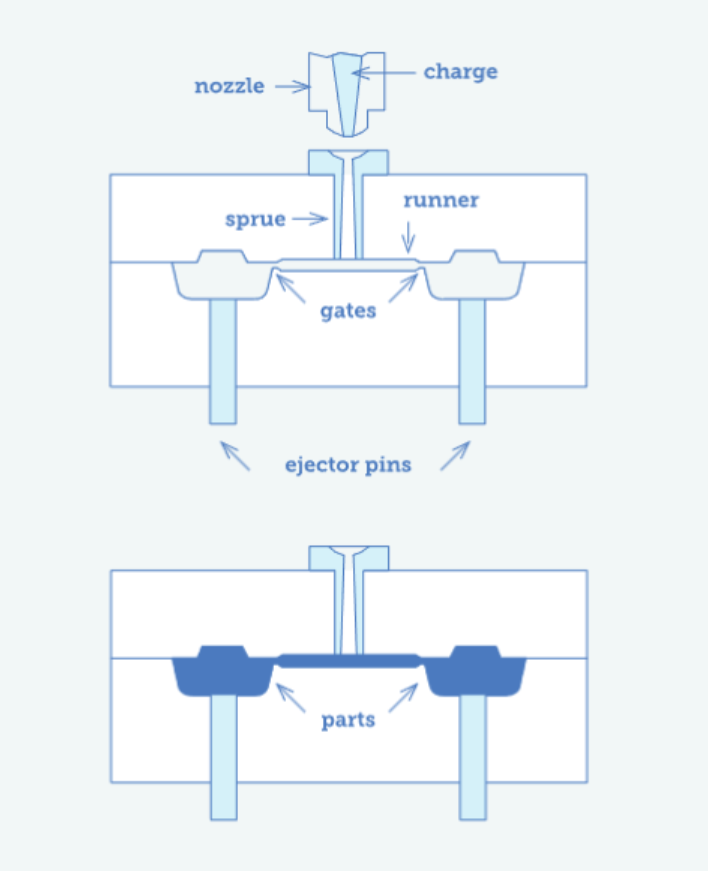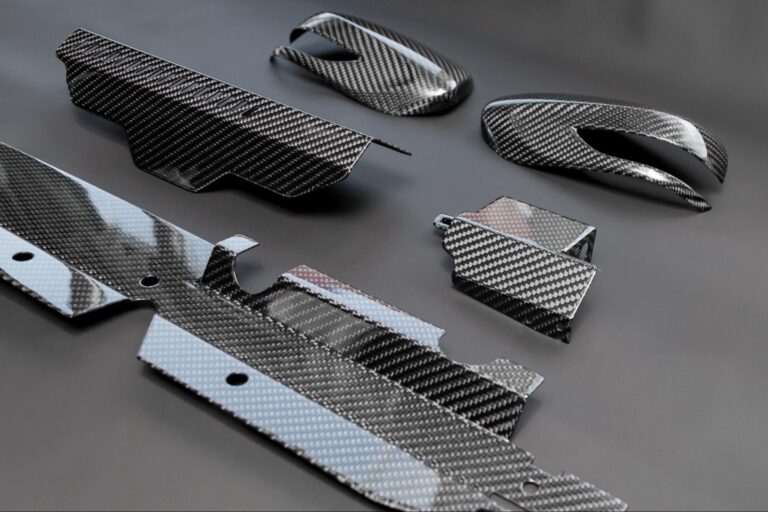Time to read: 4 min
With manufacturing processes evolving quite rapidly in today’s world, it can be difficult to keep up with so many groundbreaking discoveries. In an effort to learn more about the 3D printing world, in particular, I will be showcasing two identical designs composed of two different printing materials: PLA (polylactic acid) and ABS-like (also known as “digital ABS”; acrylonitrile butadiene styrene). As a result, I hope to answer the following questions:
- How does each material look and feel on a finished product?
- How well does each material withstand an abrasion test?
- How is text affected by each material’s printing procedures?
- How do simple features such as holes, fillets, and chamfers compare in each material?
Introducing the Test Design
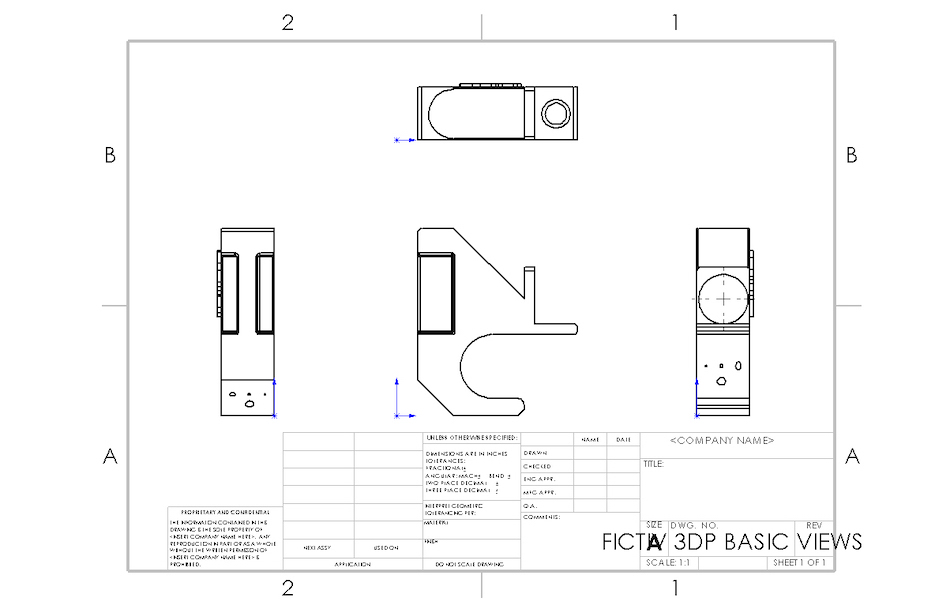

The 3D printed test design is meant to serve as a pencil/pen holder that can be easily attached to a desk’s edge. As a personal feature, the design can be branded with the user’s short nickname on the side. The design contains a variety of fillets, extrusion cuts, holes, and chamfers, which we will compare across both printing materials.
How does each material look and feel on a finished product?
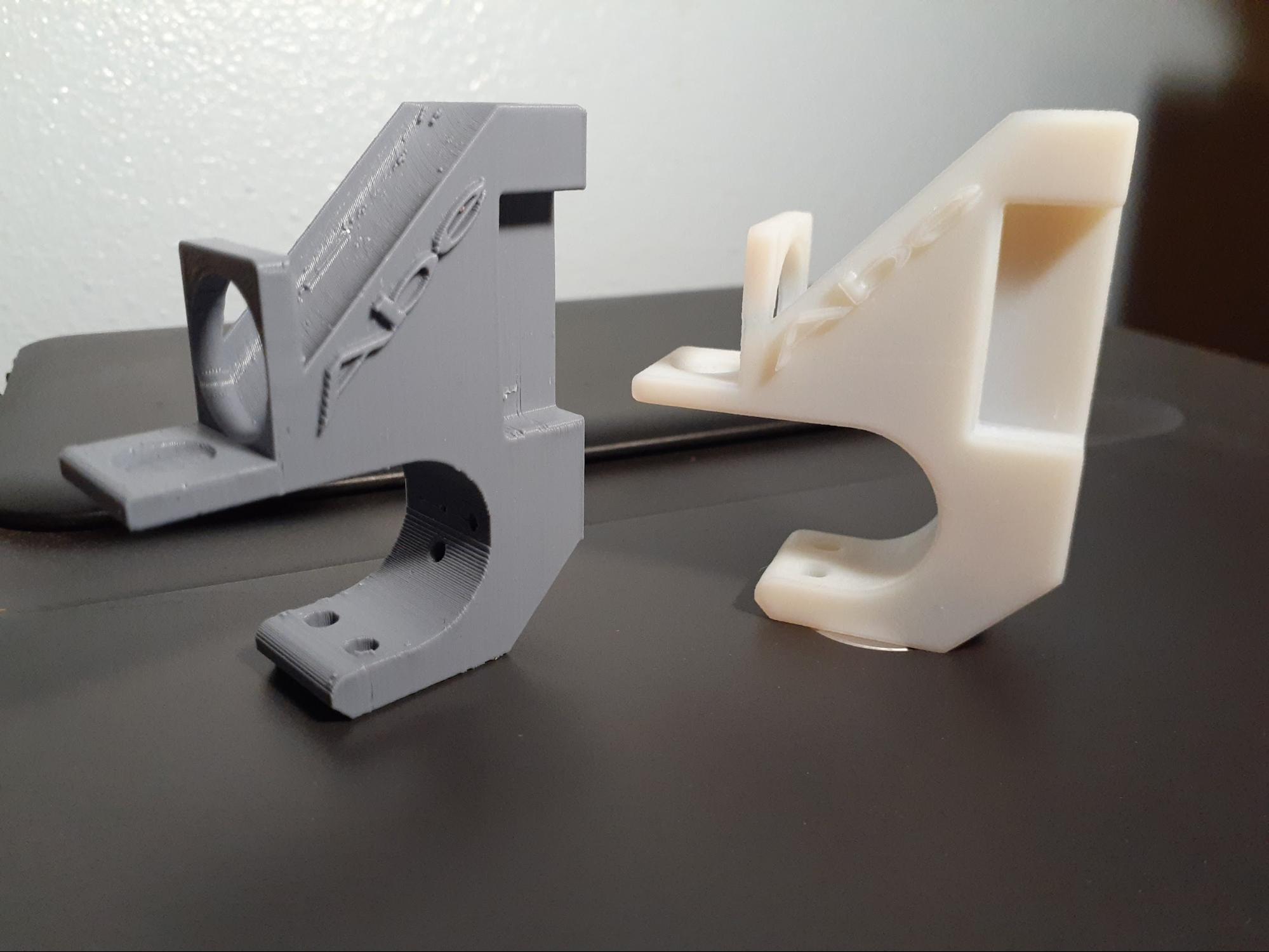
Upon receiving both 3D printed parts, I was speechless, to say the least. In order to avoid color preferences in either material, I tried to choose neutral colors for both pieces; the gray piece on the left was printed using PLA, while the neutral (white/yellow) color piece to the right was printed using ABS-like material. However, the ABS-like piece turned out to be more visually appealing than the PLA material. Not only does ABS-like material have a sleek and well-finished look, but the print lines are virtually invisible to the naked eye.


On the contrary, the PLA material’s print lines are very apparent, but they give insight as to how the piece was oriented during the 3D print. In this case, the ABS-like part was most likely printed on its side with the text facing up, while the PLA part shows signs of being printed on its “back”.
How well does each material withstand an abrasion test?
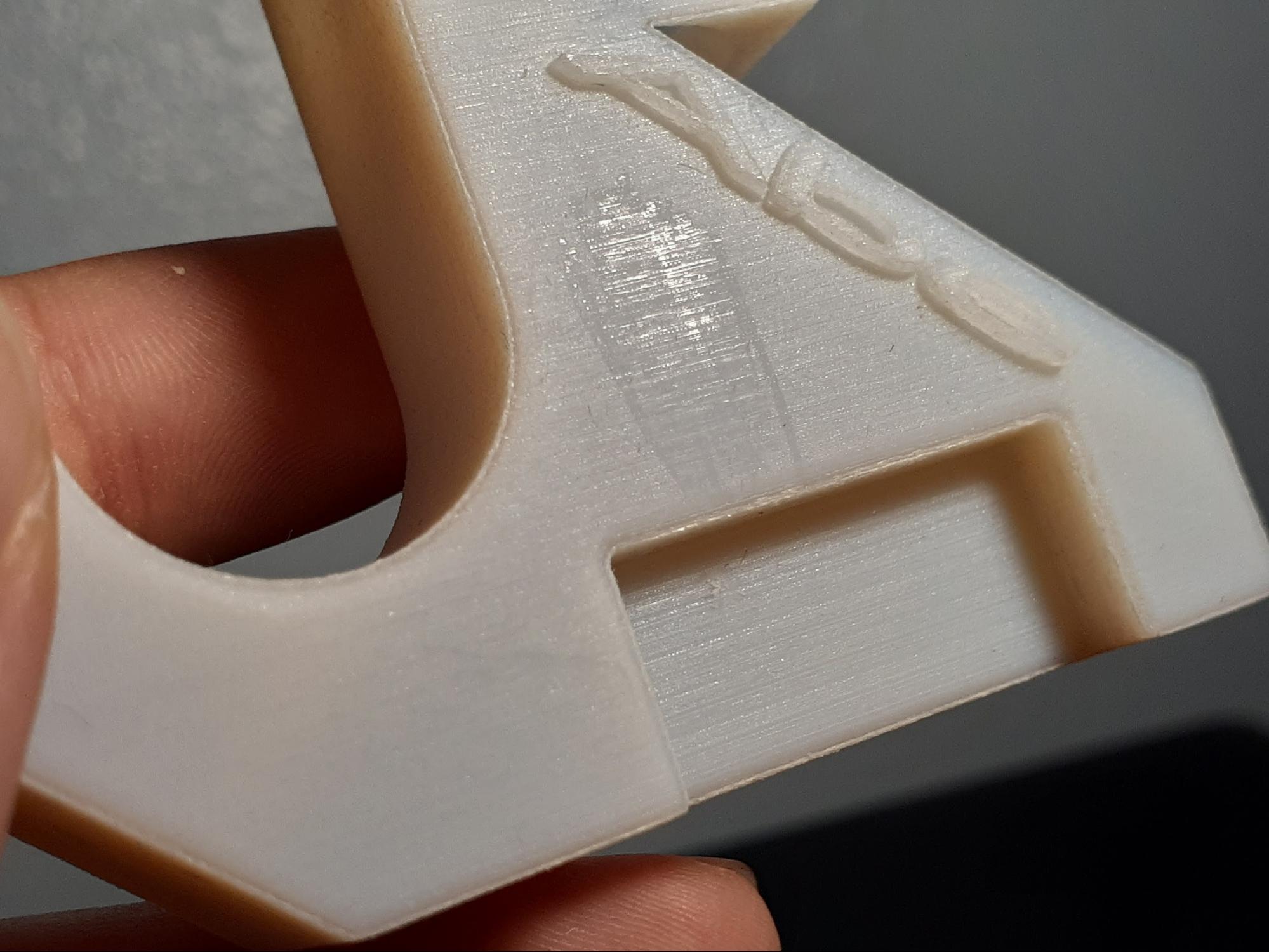
However, the superior finished look of the ABS-like material is at a greater risk of being permanently damaged. For example, I performed a small abrasion test on both pieces with my fingernail horizontally across underneath the text; while the PLA part remained intact, the ABS-like piece showed visible signs of damage and lost some material on its surface.

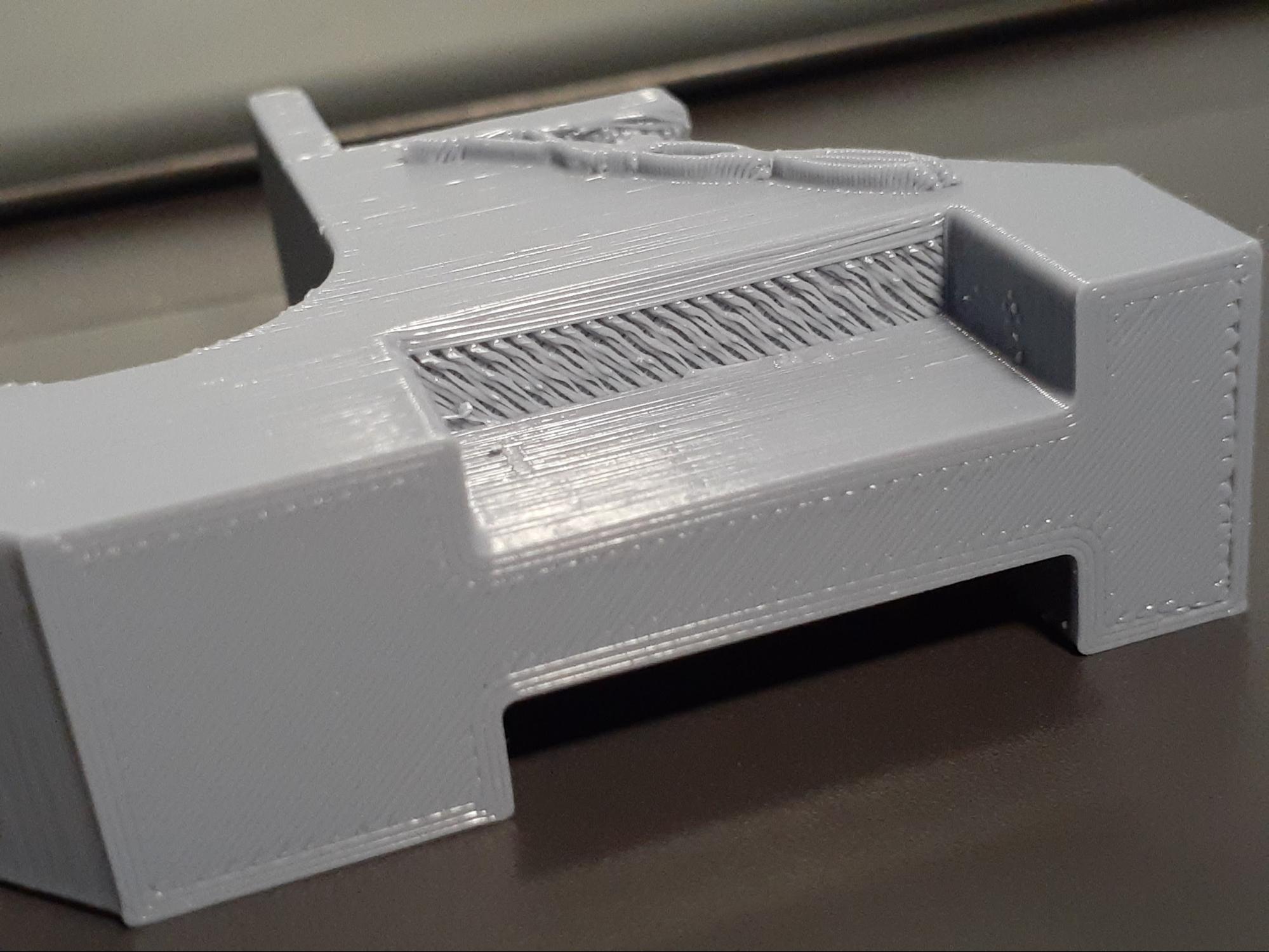
Furthermore, the finished ABS-like material leaves no visible effects of supports which were used when printing the part; the PLA material looks and feels especially rough in such areas.
How is text affected by each material’s printing procedures?
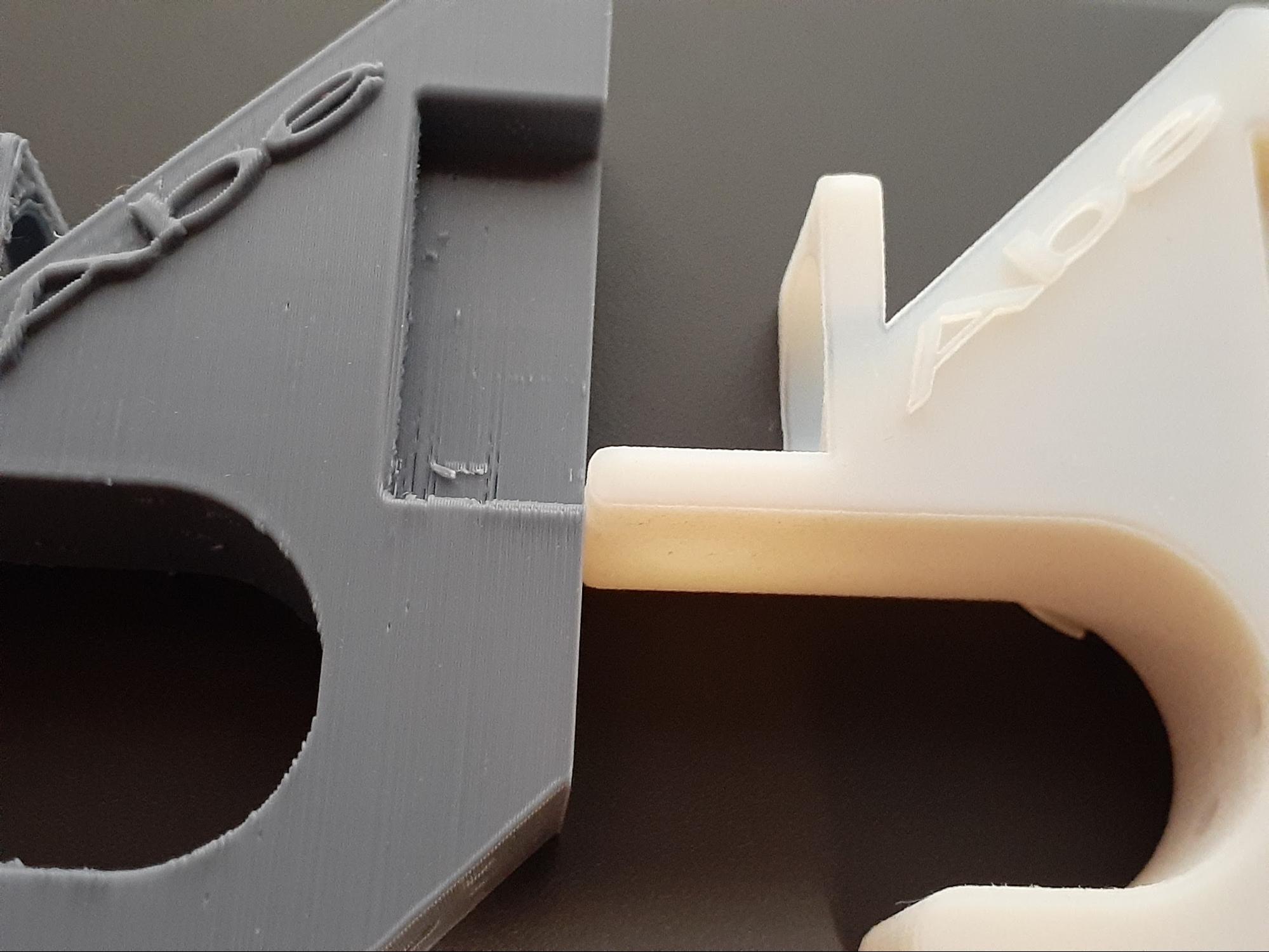
Moving into the features of the design itself, we can begin by analyzing how the text compares in both materials. Although the ABS-like piece does boast better-looking text, the visual difference is really only marginal to that of the PLA piece. As a matter of fact, the only noteworthy difference might be the letter spacing; while the ABS-like material magnificently keeps the letters appropriately spaced, the PLA material shows residue that is stuck in between the text’s letters. Granted that the letter spacing is less than 1mm wide, this issue really only becomes a major problem as you increase the letter count in your text. Still, keep in mind that for such a feature to be recognizable and survive the cleaning process of an ABS-like print, the text thickness needs to be a 1.2mm minimum.
How do simple features such as fillets and chamfers compare in each material?


Focusing on the lower lip of the 3D printed design, there is a chamfer and a fillet of about the same size sharing a straight edge. Although both 3D prints successfully incorporate these specific features, the ABS-like print more precisely defines where the fillet ends and where the chamfer then takes over. In other words, the PLA print blurs the features’ common joining point by widening the straight edge which both the chamfer and fillet share. Furthermore, you can see the many layers of PLA material needed to create both features; however, the ABS-like part does not show these print layers in either chamfer or fillet, due to the material’s higher resolution.
How do simple features such as holes compare in each material?
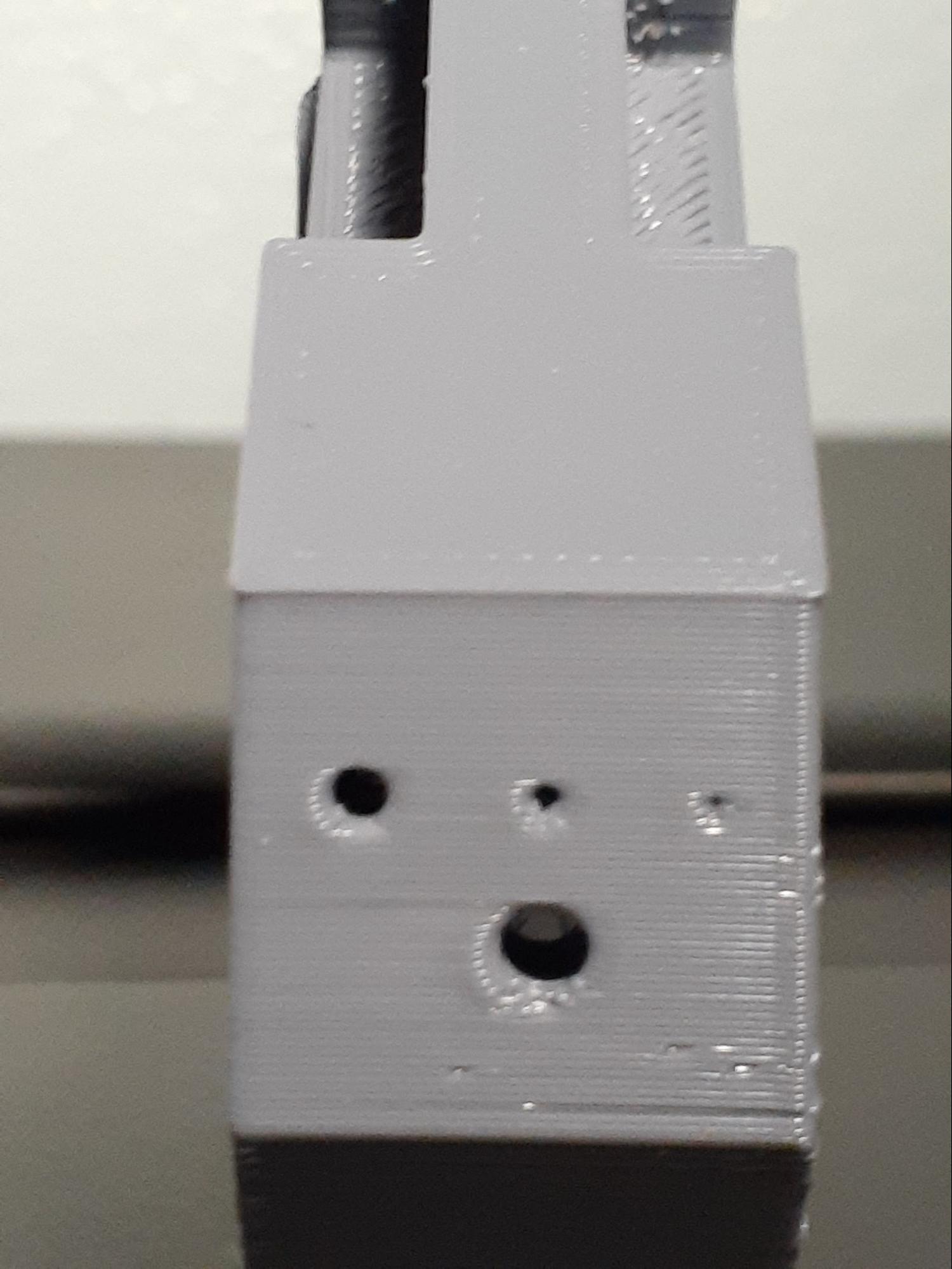
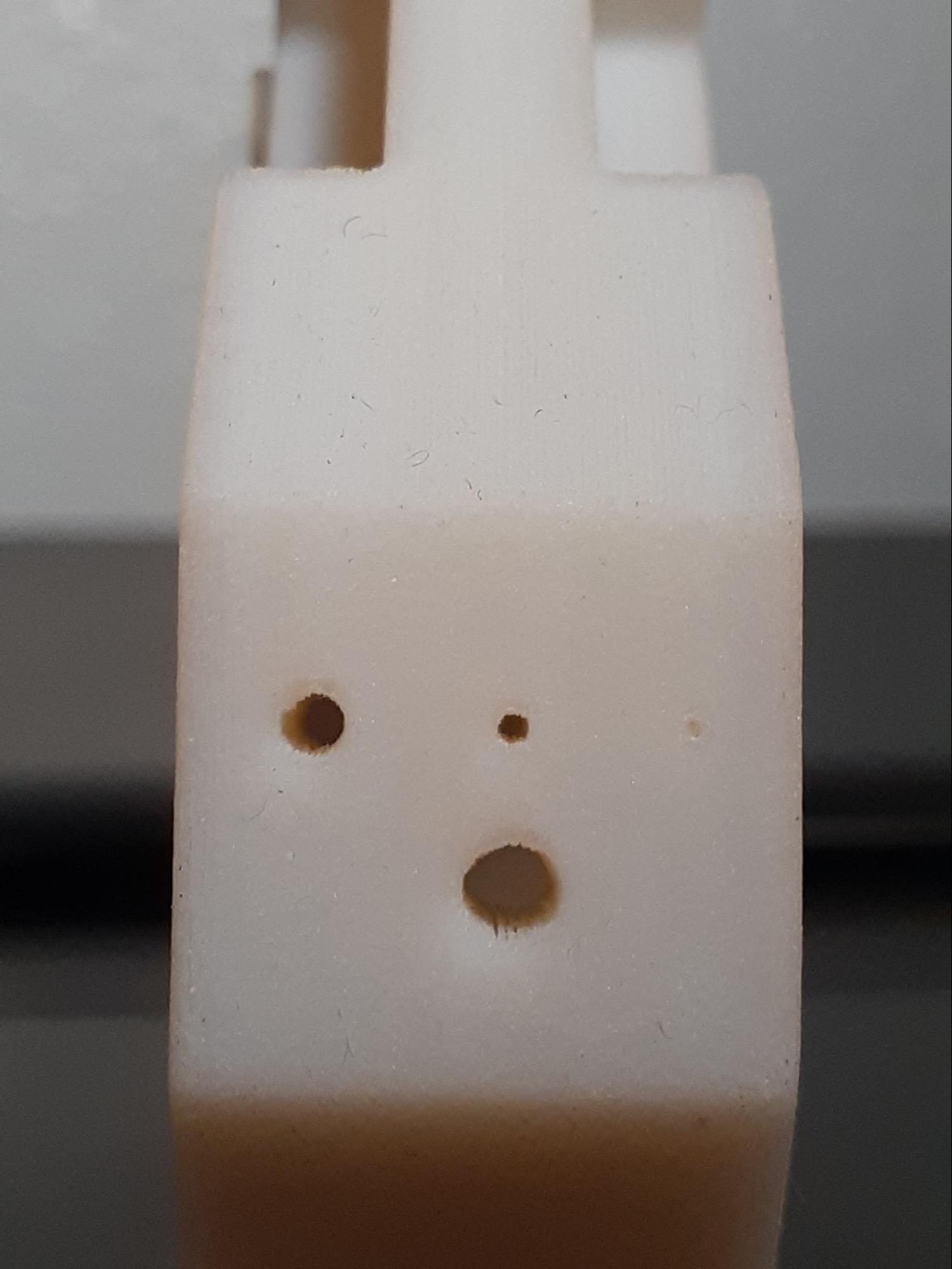
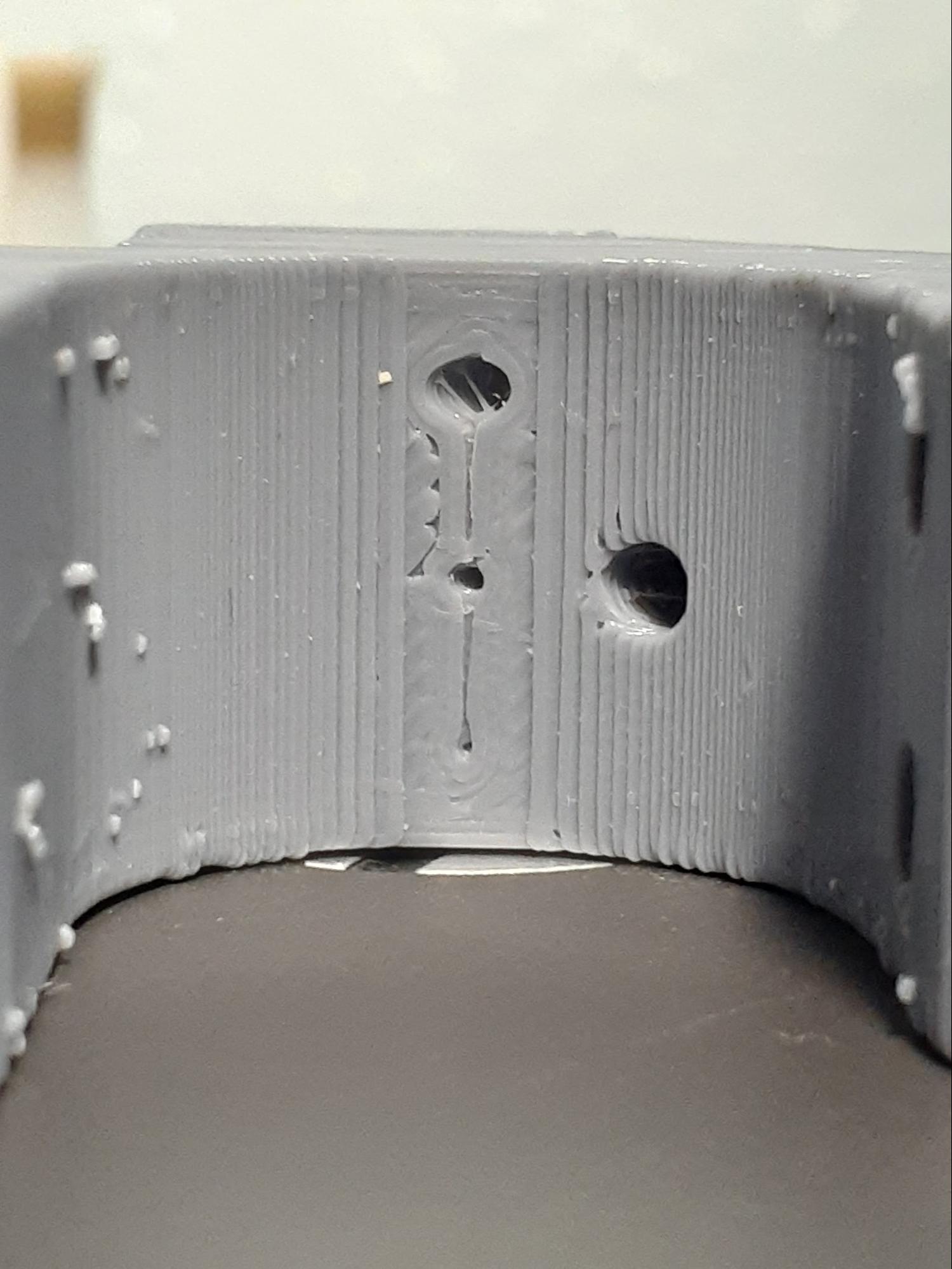

As for the holes, I decided to compare four varying diameters across each printing material: 0.5mm, 1mm, 2mm, and 3mm.

Lessons Learned
The ABS-like material outperforms the PLA printing material in appearance and fine precision. However, this is due to the fact that PLA material is mostly used for rough prototypes early on to help visualize design ideas. Consequently, ABS-like material is more expensive, as it is meant for better quality prototypes and is not printed in a grid-like manner.









